So after figuring out that plates are made of bedrock, and that different things can be on top of bedrock, we are pushing to understand plates more! We developed some initial models, only to uncover that we still need more help in understanding them!
We turned back to the seismic simulator to see cross-sections (or a side view) of the plates. This is enabling us to see just how deep earthquakes are compared to one another (as they can be measured at the surface and deep down)!
| We agreed that even though the deepest mine (where humans have dug into the bedrock) is 4km down, the deepest earthquakes have been measured MUCH deeper, at up to 800km below the earth's surface. This is getting us thinking about just how deep the plates go, along with what on earth (LOL) is under them! |
With a little help from some research, we're able to see just what is below the earth's plates, and the thermal energy associated with each layer. Since we're figured out a lot about thermal energy this year during our cups unit, we're seeing the connections between thermal energy transfer from the core of the earth to the outermost layer where plates are. We redeveloped the model of the earth and are thinking about what we need to figure out next!
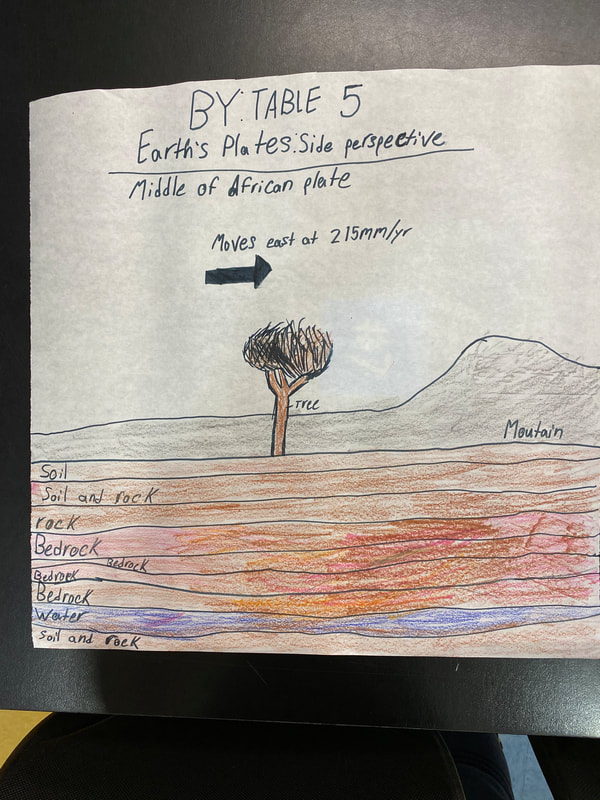
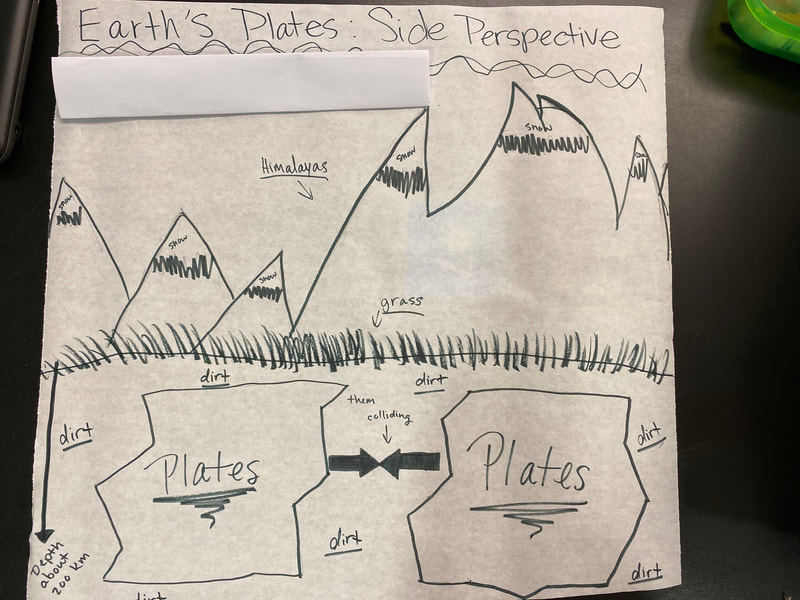
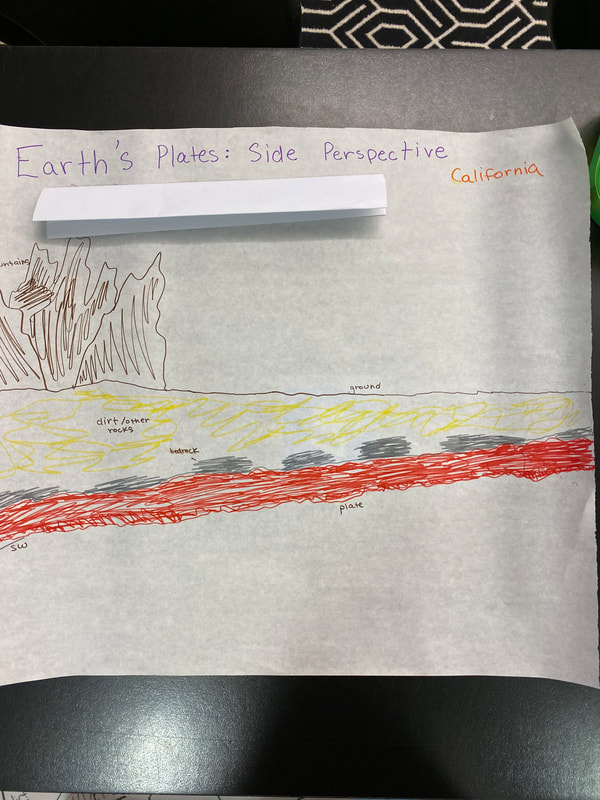
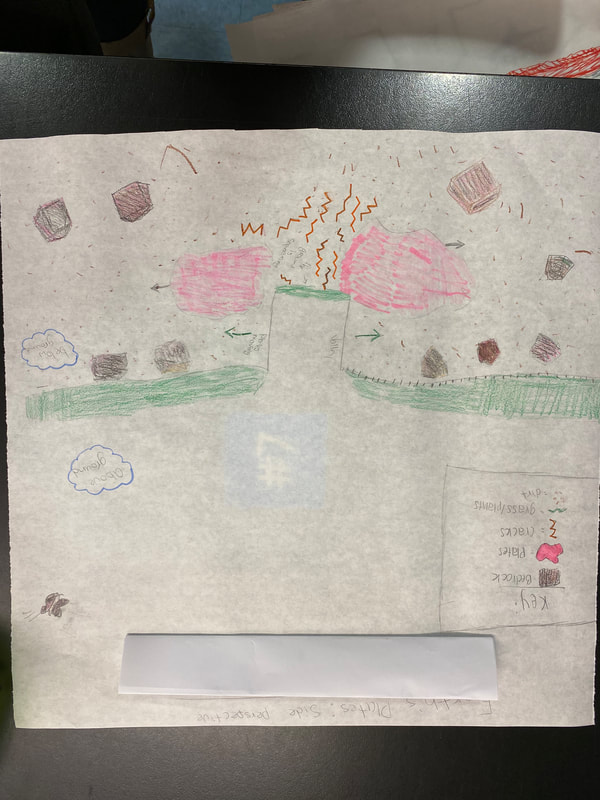
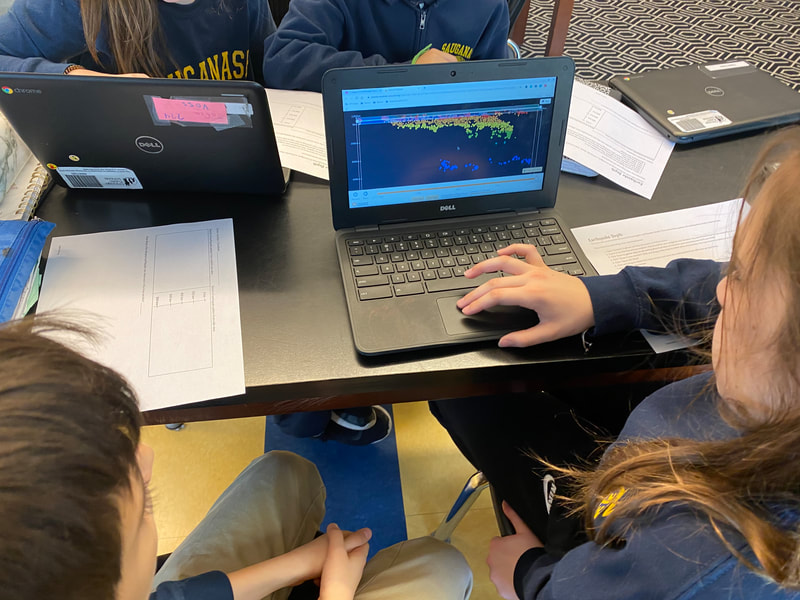
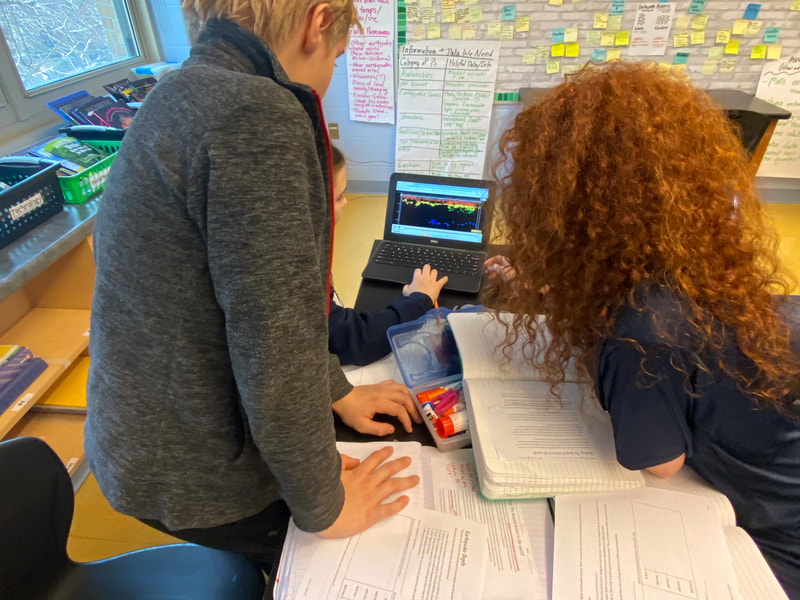
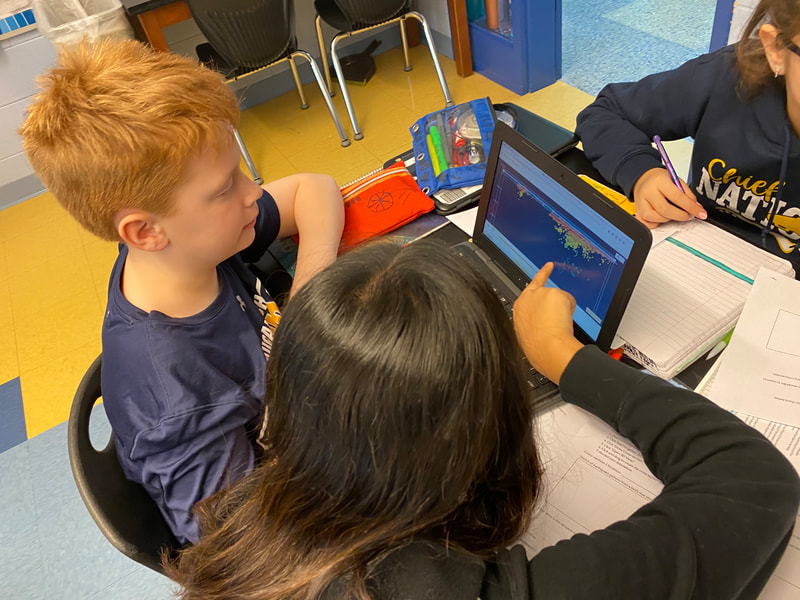
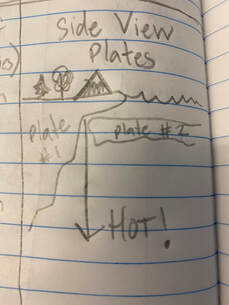
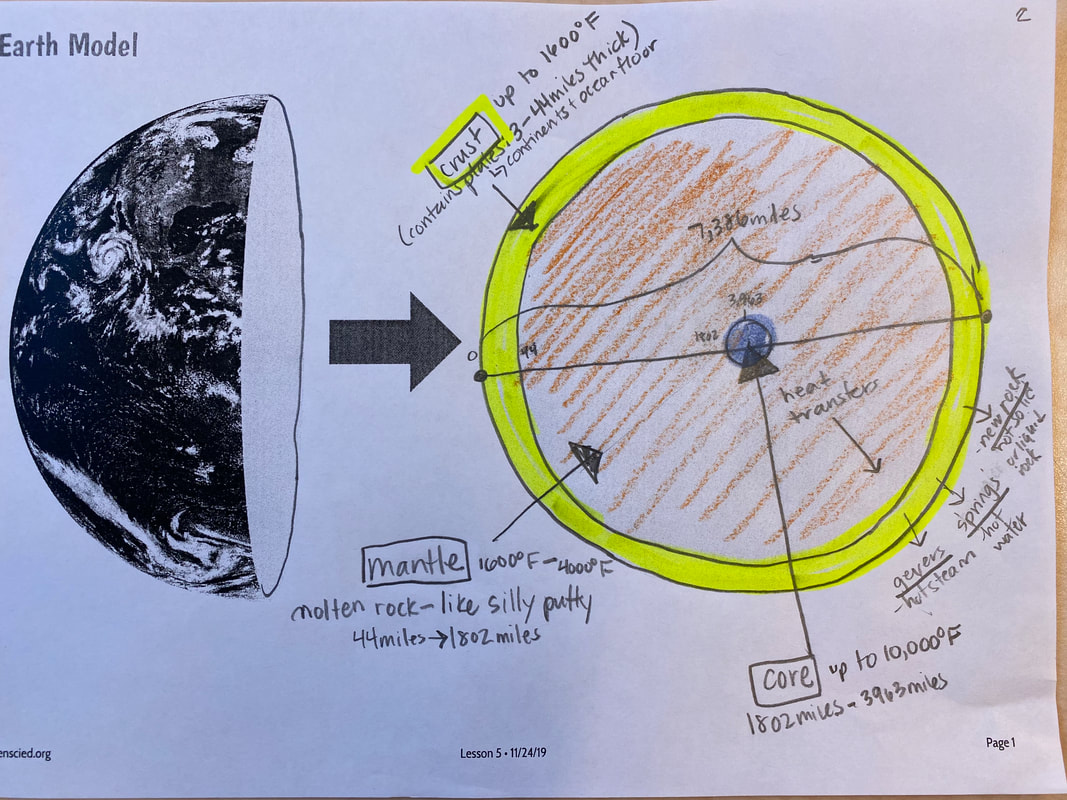
 RSS Feed
RSS Feed